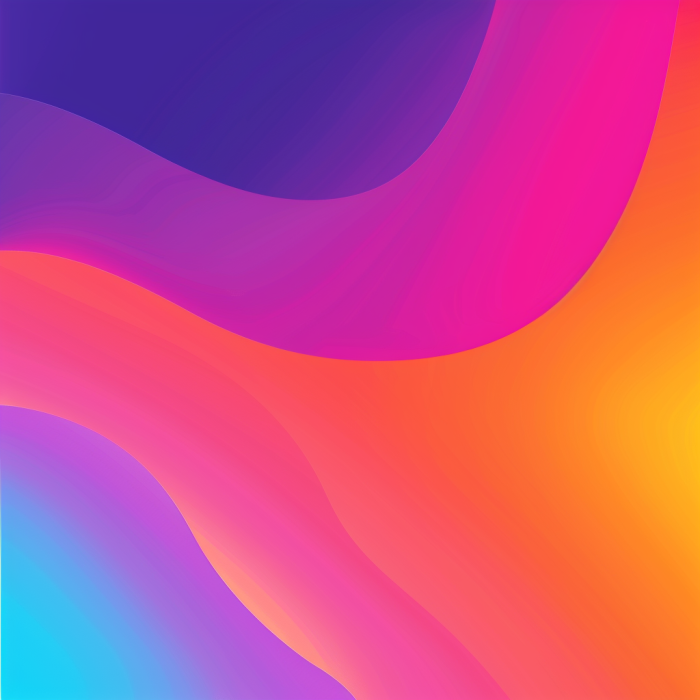I started learning Swift about three months ago and when I started I used the storyboard. This post will be a snippet of how you can stop using the storyboard!
The major benefit of not using the storyboard is not having messy merge conflicts. Long story short, the storyboard file is a fairly large xml file and every time you open it something changes. Every time, you change a controller, or every time you add an IBOutlet or IBAction something changes.
Tools:
- Swift 3.0
- Xcode Version 8.0
Within your AppDelegate.swift, specify the window frame.
var window: UIWindow? = UIWindow(frame: UIScreen.main.bounds)Then, in your application function you can specify your main view controller to be something else.
In this example below, I’ve created some other view controller, called NewViewController,
func application(_ application: UIApplication, didFinishLaunchingWithOptions launchOptions: [UIApplicationLaunchOptionsKey: Any]?) -> Bool {
let startingViewController = NewViewController()
self.window!.rootViewController = startingViewController
window!.makeKeyAndVisible()
return true
}At this point, you can delete your Storyboard.main file. However, when you build and run your project at this point, you might get an error like this:
*** Terminating app due to uncaught exception 'NSInvalidArgumentException', reason: 'Could not find a storyboard named 'Main' in bundle NSBundle.If this happens, navigate to your info.plist and delete the following entry:
Main storyboard file base name | String | MainHard clean and rebuild and you should see your new view controller.


Leave a Reply